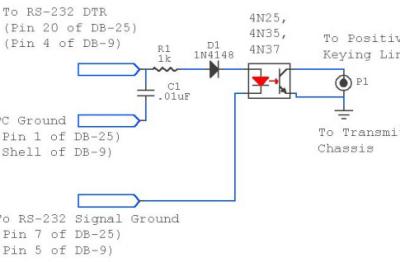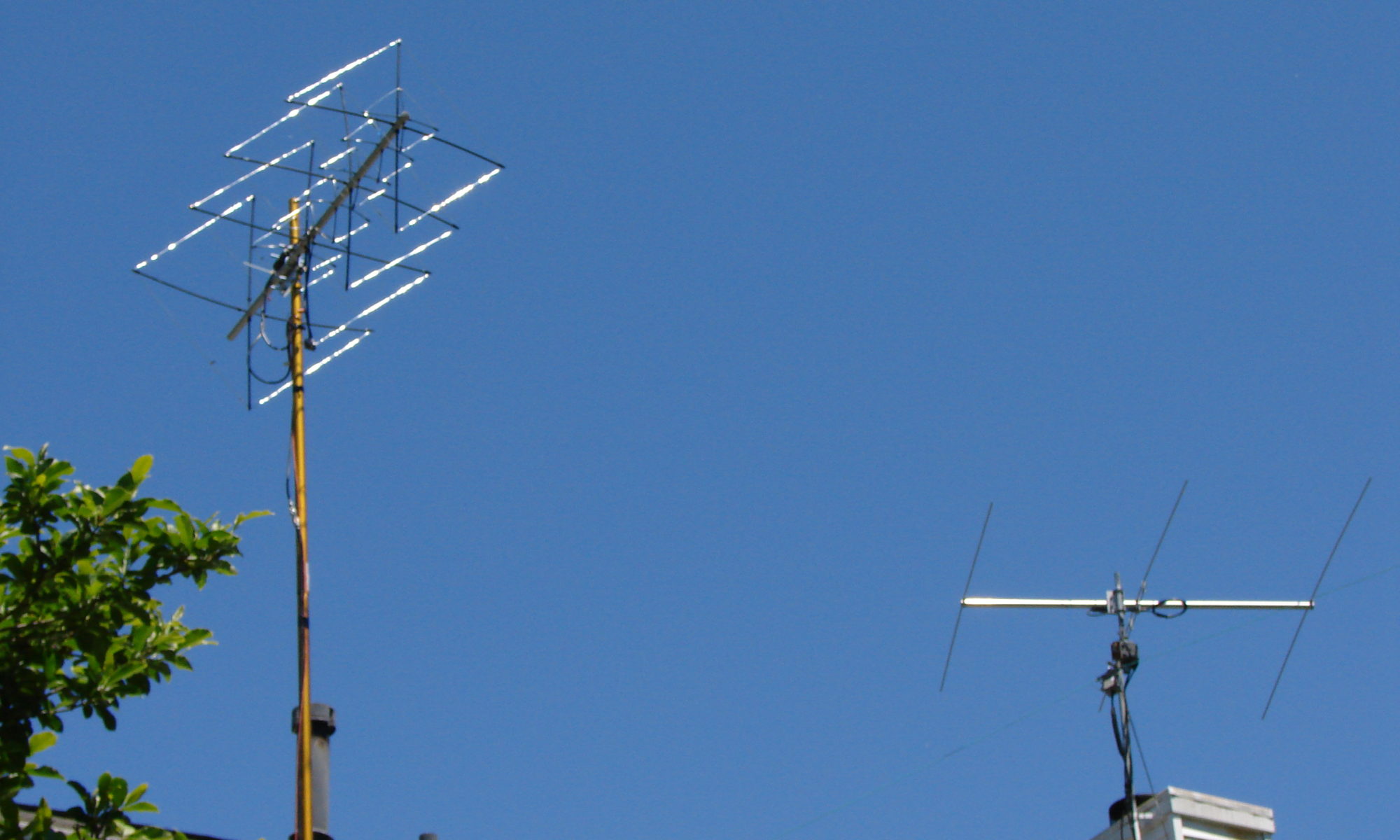 I recently replaced my shack computer, a Dell Optiplex, with a Dell Precision i7 workstation. I generally buy off-lease computers, since they are only a couple years old, well-equipped and reasonably priced, and Linux runs on them just fine.
I recently replaced my shack computer, a Dell Optiplex, with a Dell Precision i7 workstation. I generally buy off-lease computers, since they are only a couple years old, well-equipped and reasonably priced, and Linux runs on them just fine.
For contest logging, I’m slowly working in the N1MM direction (there’s a trick or two to running it well under wine), so I still use a DOS-based logging program that relies on serial and parallel ports for keying and rig control. The beauty of running DOS under Linux (via dosemu) is that you can assign any hardware resource to what DOS sees as COM1, LPT1, etc. dosemu interfaces to the device socket, and Linux does the heavy lifting of translating that into the physical port.
The Optiplex had a serial port and a parallel port, so I was using the serial port to do rig control (the TS-590SG helpfully has an honest-to-goodness RS232 port) and the parallel port for CW keying via a homebrew interface similar to the diagram above. However, with the decline of printers with Centronics parallel interfaces (nearly all are now either USB or Ethernet), computers are losing the 25-pin parallel port – and the 9-pin RS232 interface is becoming more and more scarce as well. The Precision workstation doesn’t have a parallel port, so I had to make some changes so I could still do both rig control and keying.
Fortunately, the 590 also has a USB port, over which you can do both rig control and audio interface. You connect the USB port to the computer and the rig appears as a second sound card, to which you can point fldigi, wsjt or other sound-card mode digital software.
I first tried doing both rig control and keying over the serial port using a breakout cable that I built, but ran into some configuration problems with the logger. I don’t know why it didn’t work, but it might have been that the CTS/RTS or DSR/DCD lines weren’t tied, which the rig might have relied on for handshaking. So I skipped that step and decided to configure the rig control over USB instead. Since dosemu lets you point its COM ports at any system device, I set up dosemu so that COM1 was the usb serial device (/dev/ttyUSB0) and COM2 was the hardware serial port (/dev/ttyS1), which was configured in BIOS to be COM2. After setting up the logger to use COM1 for rig control and COM2 for keying, everything worked great!
Getting dosemu to run properly with DOS-based logging has been a struggle at times, but I did finally settle on a good way to do it. That will be the subject of another article.
So, look for me in the next CWops sprint or other CW contest, and I’ll be keying away with my serial port interface.
